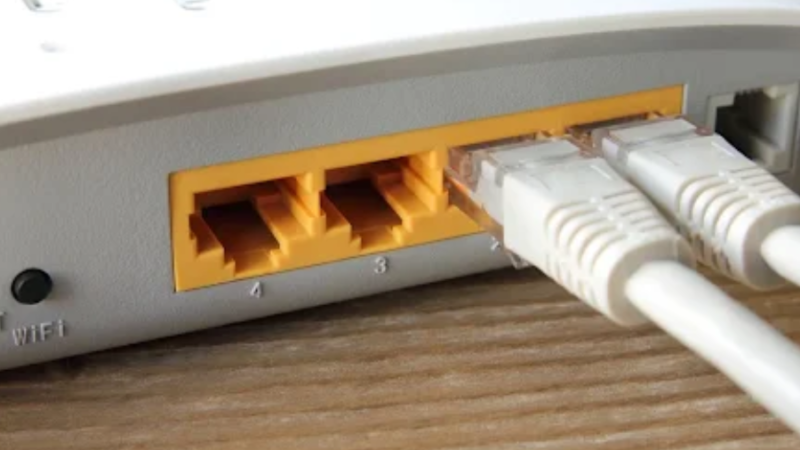Types of VPNs
- Free VPNs
- Paid VPNs
- Dedicated VPN Routers
- Virtual Private Network Services
Preparing Your Home Network for VPN Setup
- Assess Your Network
- Upgrade Your Router
- Analyze Your Firewall
Setting Up the VPN
- Choose a VPN Provider
- Configure Your Router
- Install the VPN Client
Connecting to the VPN
- Connect to the Network
- Configure Network Settings
- Enjoy Your Secured Connection
Troubleshooting
- Check Your Network Settings
- Check Your Router Settings
- Contact Your VPN Provider
Conclusion
- Benefits of Home VPN Setup
- Tips for VPN Maintenance
Setting up a Virtual Private Network (VPN) at home is a crucial step in enhancing your home tech security. By encrypting your internet connection, a VPN ensures that your online activities remain private and protected from potential threats. In this article, we will guide you through the process of setting up a VPN at home, providing you with improved security and peace of mind.
Types of VPNs
There are various types of VPNs available:
- Free VPNs: These VPNs are typically offered for free but may have limitations in terms of speed, data usage, and server options.
- Paid VPNs: Paid VPN services generally provide a more reliable and secure connection, with additional features such as unlimited bandwidth and a wide range of server locations to choose from.
- Dedicated VPN Routers: These routers come pre-configured with VPN settings, allowing you to connect multiple devices to the VPN without the need for individual installations.
- Virtual Private Network Services: These services provide you with access to VPN servers, enabling you to create your own VPN network.
Preparing Your Home Network for VPN Setup
Prior to setting up a VPN, it is important to prepare your home network:
- Assess Your Network: Evaluate your existing network infrastructure, including the number of devices connected and their compatibility with a VPN.
- Upgrade Your Router: Ensure your router supports VPN configurations. If not, consider upgrading to a router that does.
- Analyze Your Firewall: Check your firewall settings to ensure they won’t interfere with VPN connections.
Setting Up the VPN
Now, let’s proceed with setting up your VPN:
- Choose a VPN Provider: Select a reliable VPN provider that suits your needs and offers the necessary features.
- Configure Your Router: Follow the instructions provided by your VPN provider to configure your router with the VPN settings.
- Install the VPN Client: Install the VPN client software on your devices, following the provider’s instructions.
Connecting to the VPN
Once the setup is complete, you can connect to the VPN:
- Connect to the Network: Connect your devices to the VPN network using the provided credentials.
- Configure Network Settings: Adjust the network settings on your devices to ensure all internet traffic is routed through the VPN.
- Enjoy Your Secured Connection: You can now enjoy a secured and encrypted connection, safeguarding your online activities.
Troubleshooting
If you encounter any issues, consider the following troubleshooting steps:
- Check Your Network Settings: Verify that your network settings are correctly configured.
- Check Your Router Settings: Make sure your router settings align with the requirements provided by your VPN provider.
- Contact Your VPN Provider: Reach out to your VPN provider’s customer support for assistance in resolving any technical difficulties.
Conclusion
Setting up a VPN at home offers numerous benefits, including enhanced security, privacy, and the ability to bypass geo-restrictions. By following the steps outlined in this article, you can establish a VPN connection that protects your home tech environment effectively. Remember to regularly maintain and update your VPN settings to ensure optimal performance and security.
For more information on setting up a VPN or to get started with a British VPN, visit VPN Unlimited.







Recent Comments